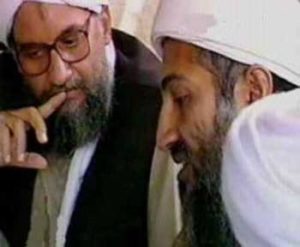“The Iran Crisis and Its Effects on the Global Jihad”
How will the Iran debacle affect al-Qaida? This was the question raised yesterday in a short strategic study titled “The Iran Crisis and Its Effects on the Global Jihad by Abu al-Fadl Madi (أبو الفضل ماضي), a Falluja forum member with so-called “great writer” status. He briefly outlined the situation in Iran claiming that the protests mark the end of the second period in Iran’s modern history, with the first ending in 1989. He called the new period the “Termination of the Rule of the Jurisprudent Theory.” He argued that the crisis could alter regional “balances, priorities, and strategies” and the “Global Jihadi Current” cannot ignore these events. He described four possible outcomes of the Iranian protests. The first was the possibility of the regime defeating the opposition by force. He argued that this would increase Ahmadinejad’s power, giving him more leeway to negotiate with the West, but due to




